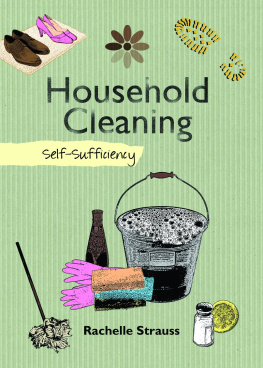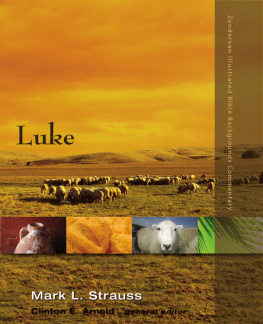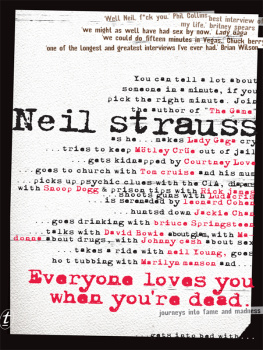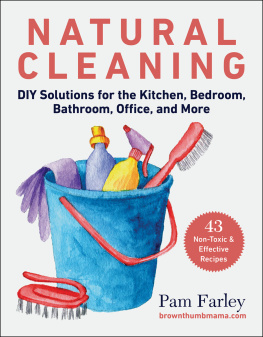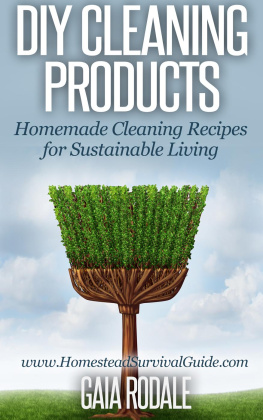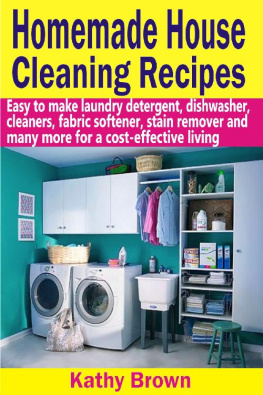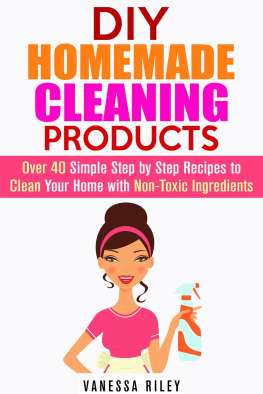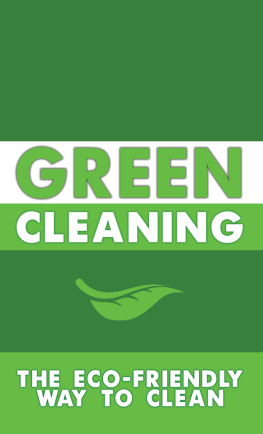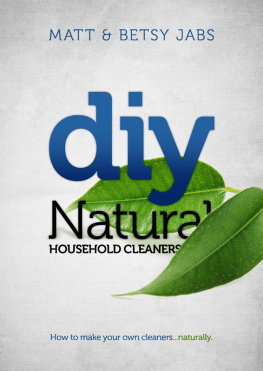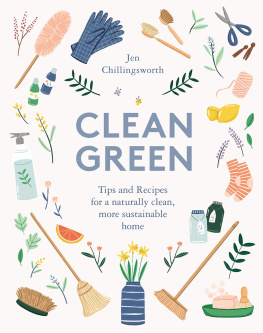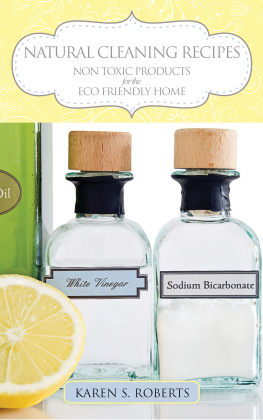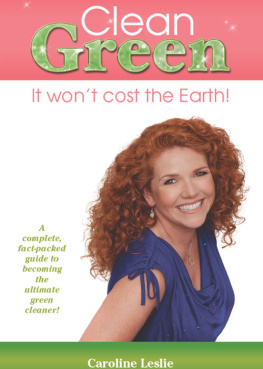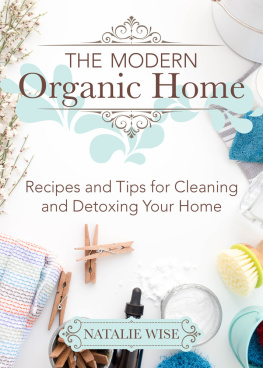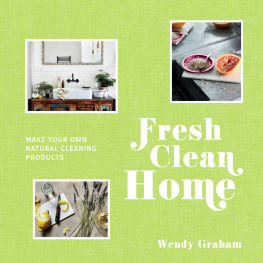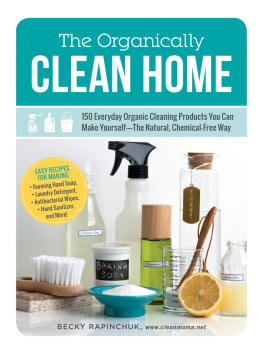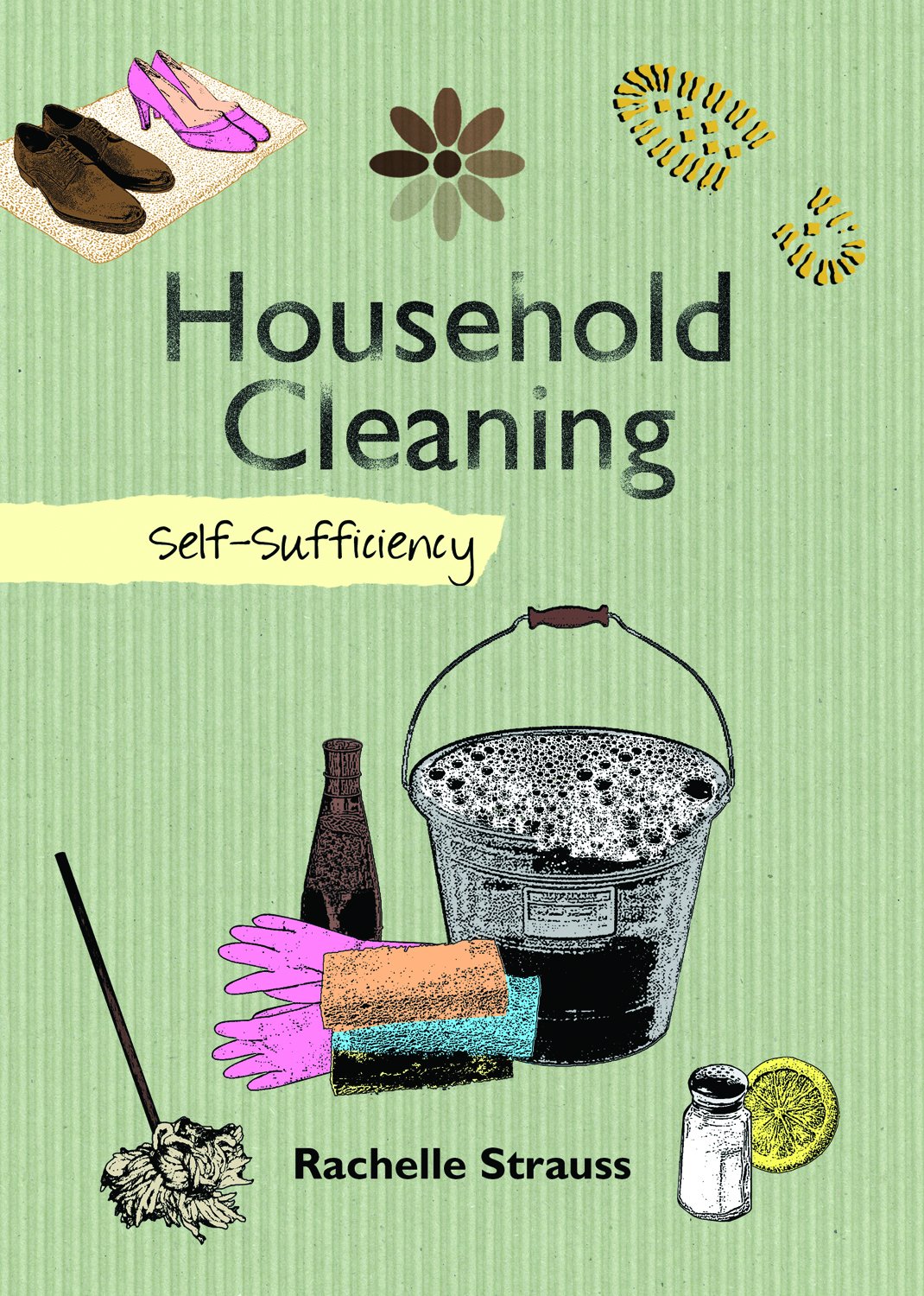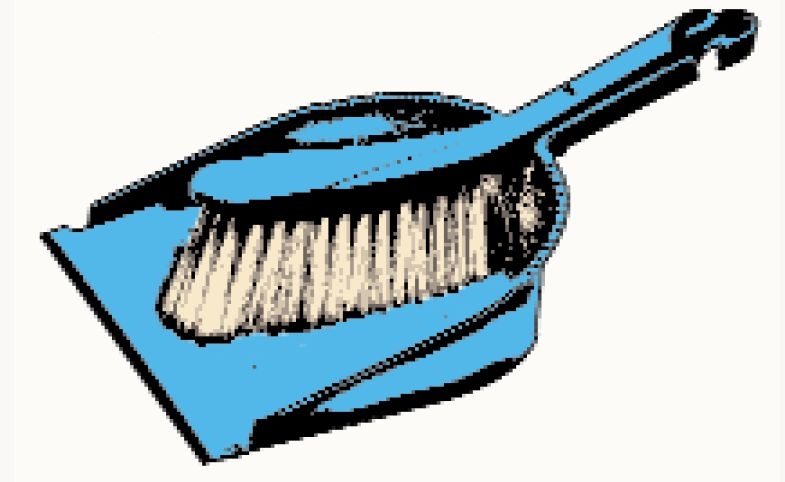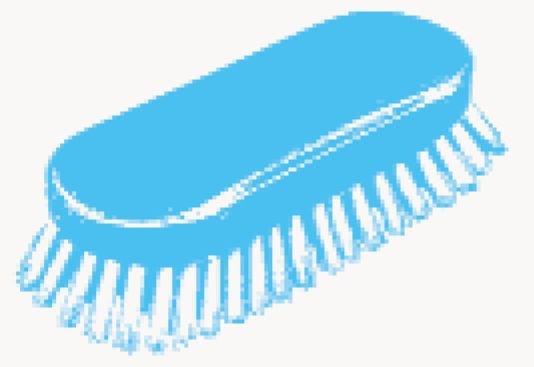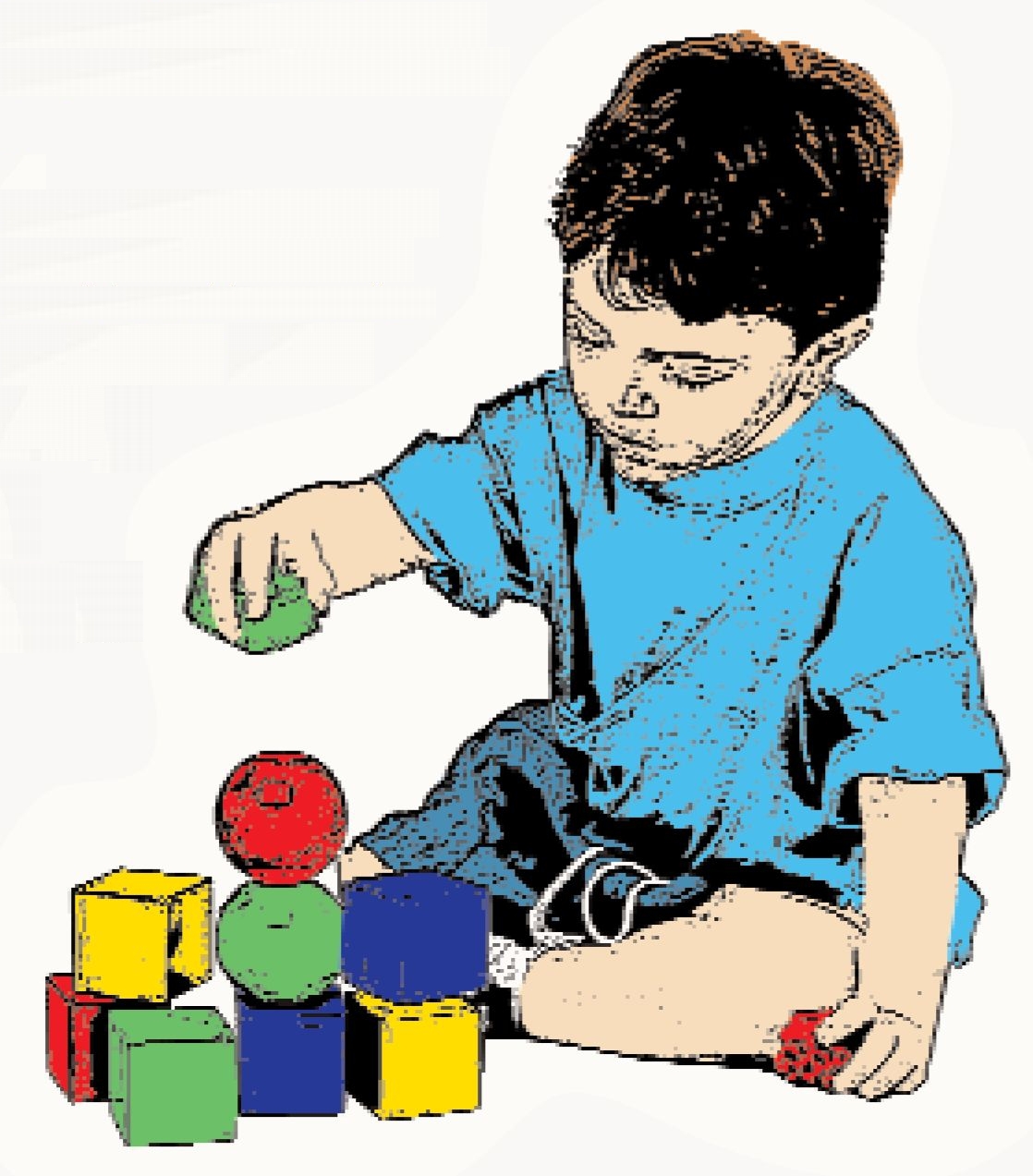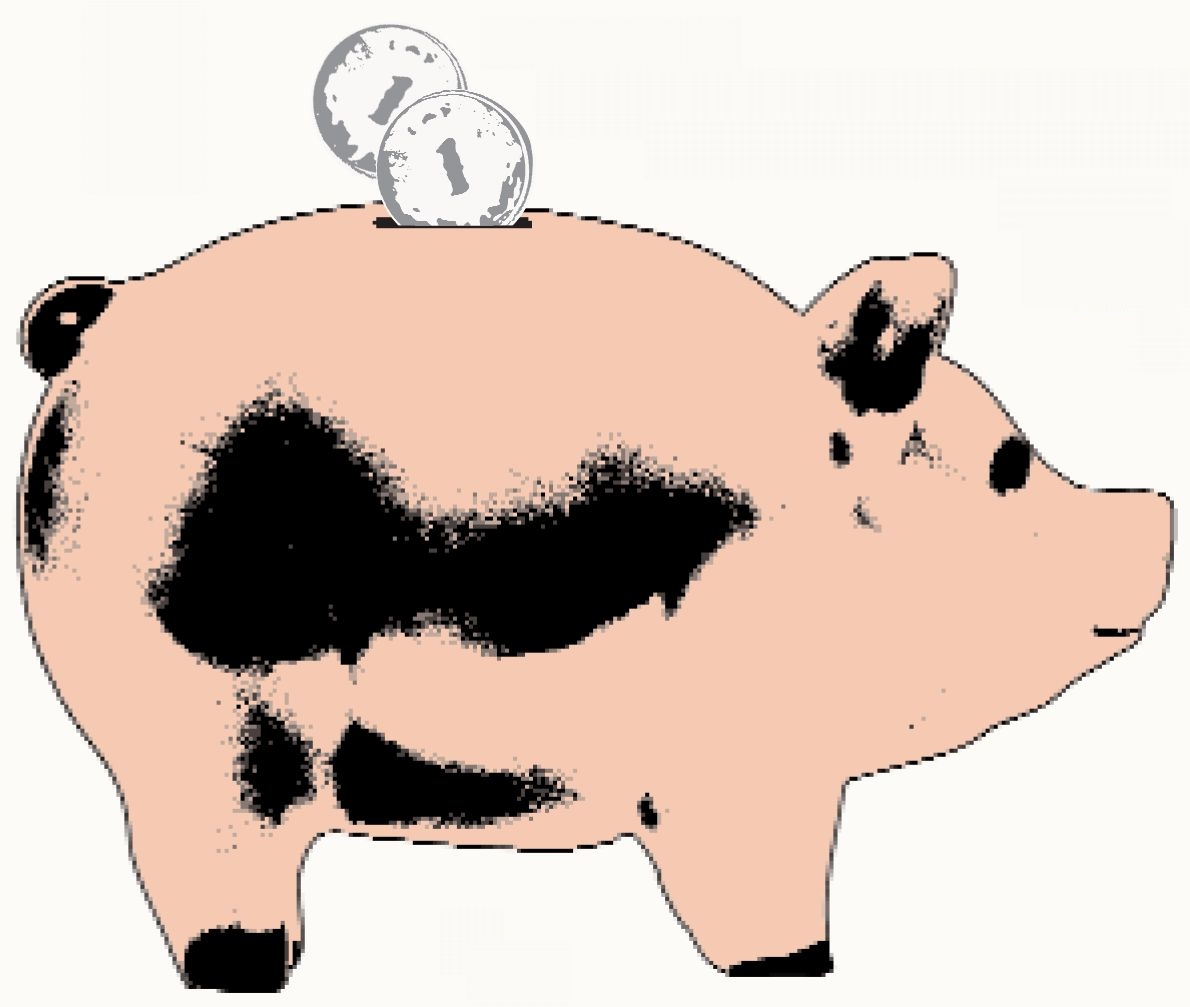Rachelle would like to thank: Richard, my soul mate, for your unconditional love. Verona for your continual inspiration. Detta for your unwavering love and Happy Dances. Corinne for your tireless work and enthusiasm. Sue for being my earth angel. Veronika for believing in me from the start. I feel blessed to have you all in my life. Peggy, whose smile lights up my life.
Books
Ashton, Karen The Toxic Consumer: How to reduce your exposure to everyday toxic chemicals (Impact Publishing Ltd, 2007)
Grace, Janey Lee Imperfectly Natural Home:The organic bible (Orion, 2008)
Logan, Karen Clean House, Clean Planet: Clean your house for pennies a day, the safe, nontoxic way (Simon & Schuster, 1997)
Martin, Angela Natural Stain Remover: Clean your home without harm ful chemicals (Apple Press, 2003)
Thomas, Patricia Whats In This Stuff?:The hidden toxins in everyday products and what you can do about them (Perigee Books, 2008)
Wolverton, B.C. How To Grow Fresh Air: 50 houseplants that puri fy your home or office (Weidenfeld & Nicolson, 2008)
Websites
More information on green cleaning and the author :
http://selfsufficiencyhouseholdcleaning.com
Flylady : www.flylady.net
(get your life in order and your home sparkling clean)
Green cleaning
What is green cleaning? Green cleaning involves cleaning your home without harming the environment or your health. It is an empowering step to take if you want to be more self-sufficient. Green cleaning means moving away from conventional products containing synthetic chemicals, or petroleum-based cleaning agents, and using safer ingredients instead. Many cupboard ingredients can be used for safe, natural, and effective cleaning.
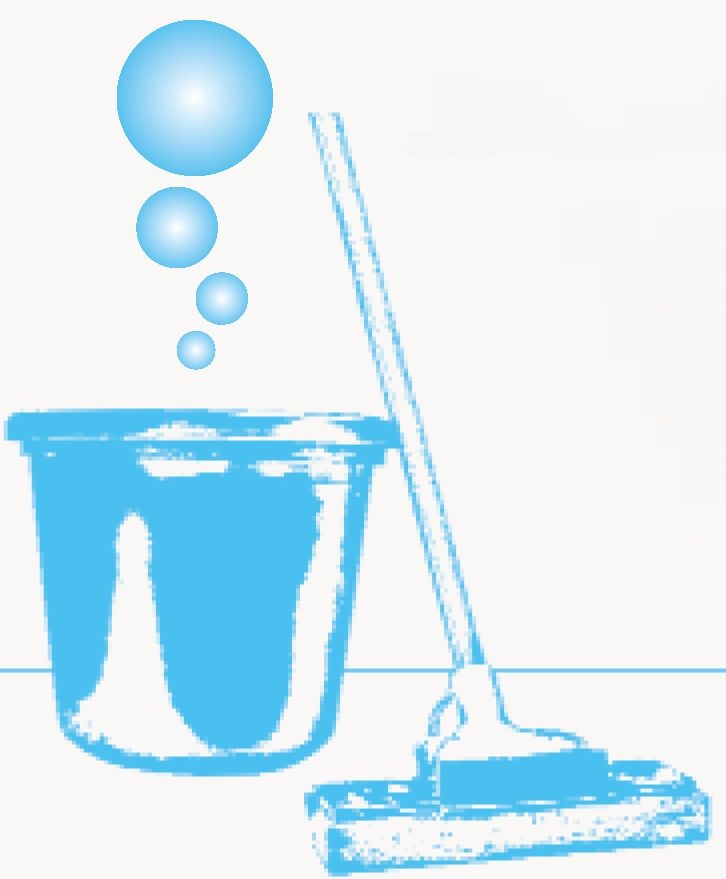
Prevention is better than cure
A major aspect of green cleaning is taking preventative measures. If you do not allow dirt, grease, and germs to build up, you will not need harsh chemicals to deal with them. These simple but effective tips will save you hours of cleaning:
- Trap and remove dirt and pollutants before they enter your home with good-quality doormats.
- Regularly dust and vacuum to minimize particle in the air, which can lead to allergies.
- Wipe around kitchen and bathroom surfaces on a daily basis so that greasy spots and soap scum do not build up.
- Dry surfaces properly so that bacteria cannot multiply, reducing the risk of mold and mildew forming.
- Wash your hands before preparing food to reduce the need for antibacterial products around your home.
- Keep areas such as door handles, toilet handles, and light switches clean to give germs less chance to breed.
Conservation
Green cleaning takes into account conservation of water and energy, too. For instance, only using the washing machine when you have a full load and using as cool a wash as possible will not only help the environment, it will save you money too. Most lightly soiled laundry can be washed at 86 degrees Farenheit with very good results.
Why should I green clean?
There are many reasons to green clean.
Safer for you
Many cleaning products contain a bewildering array of synthetic chemicals. Some are safe, others are not. Immediate effects of some of these chemicals include stinging or watery eyes, sneezing fits, a choking sensation, headaches, asthma, skin irritation, and nausea.
Ongoing research shows that long-term exposure to some of these chemicals has been linked to more serious health conditions, such as hormone disruption, various cancers, central nervous system disruption, and debilitating modern illnesses, such as multiple-chemical sensitivity. Scientists now believe that indoor air pollution is two to five times worse than outdoor air pollution, due to the amount of chemicals we use in our homes. Thats shocking isnt it? Many of us are living in a chemical soup we have brought into our homes, believing that these products are keeping our homes clean and safe!
Safer for your family
If you have children or pets, they will benefit from a green, clean environment. Animals and children breathe much faster than adults and have smaller bodies, so the impact of inhaling and ingesting chemicals is much stronger and potentially harmful. In addition, they spend a lot of time playing on the floor and putting things in their mouths that can have chemical residue on them.
Safer for the environment
If you make your own cleaning products, you will have less packaging to dispose of. Many store-bought products come in plastic packaging that cannot be recycled and ends up in the landfill where it stays for hundreds of years. Tiny pieces of plastic have been found on the ocean floor where they can cause devastation to wildlife. Mistaken for food, plastic can become lodged in the stomachs and throats of marine life, resulting in death. Additionally, by making your own products, youll know exactly what you are pouring into the water system. Every cleaning product we use eventually ends up in the environment at large.
Cheaper for you
You will save lots of money by making your own cleaning products! Most recipes can be made from basic household ingredients. Before the Second World War, housewives used baking soda, lemons, and vinegar to do most of their cleaning.
Saves space
Finally, making your own cleaning products frees up cupboard space! Youll find that you only need a small range of ingredients to cover every cleaning job in your homesafely, efficiently, and naturally. As you go through the various cleaning jobs in this book, youll realize that many products are all-purpose and you dont need a separate product for each task.
Basic rules
Making your own household cleaning products is fun and rewarding, but bear in mind that natural doesnt necessarily mean safe. Turpentine, used for thinning oil-based paints and producing varnishes, is a natural product obtained from the resin of trees. However, its vapor can burn skin and eyes. When inhaled it can damage the lungs and central nervous system, and if ingested, can cause renal failure. Youll be pleased to hear that many of the ingredients used in this book are safe to ingest, such as vinegar, sodium bicarbonate, and salt. Yet even these substances, in large enough quantities, can be toxic! Follow these simple rules when making your own cleaners to ensure you and your family stay safe and healthy.

